Recently the State St parking lot was appraised for $8,000,000 (assuming it is unencumbered by a requirement for public parking). The City has had a plan to give that lot to a developer if the developer would give back 350 parking spaces - at the same site - to the city. This seemed like a win-win for both the City and a developer in that even though parking construction costs have risen over the last couple years, the developer would get prime city center property to develop.
Issuing a RFP (request for proposal) for this arrangement had been the plan until the Pineapple Square proposal surfaced.
The first proposal from the Pineapple Square developers indicated that the city could give the lot to the developers and they would build 350 public spaces within the Pineapple Square building. John Simon, the development manager, also indicated to Save Our Sarasota that no public funding for parking had been asked for. The developer also indicated that the State St lot would be difficult to design parking and living units for because of the shape of the lot.
More recently the Pineapple Square developers have indicated that in addition to the State St lot they would now require approximately $9,000,000 in public funding for the 350 parking spaces in their building. It should be remembered that since the city already has 137 surface spaces at the State St lot, this would give the city only 213 additional spaces. A simple calculation indicates that the cost of this deal would have been approximately $17,000,000 (land and public funds) for an additional 213 spaces or $80,000 per space.
Now we learn that the developer has suggested that instead of buying the State St lot, he would be willing to "lease" the lot from the city. In lieu of money, he would give the city 175 parking spaces. He suggested the "lease" run through 2087, which would be 82 years. The developer also indicated the value of the 175 spaces was $4,360,000 or $25,000 per space.
The developer has also indicated that the public funding for the 350 spaces would be $7,600,000 which is $21,000 per space if 350 spaces is considered or $36,000 if the net 213 spaces is considered.
Confused? You probably should be and maybe we are all supposed to be confused.
If the city were to accept the current proposal, this would mean that the city would give up $8,000,000 in property (for 82 years) and $7,600,000, in public funds and receive 288 net parking spaces in return. This calculates to $40,000 per space.
However the developer does not receive the land, but instead gets an 82 year lease. Assuming the city would look at the current value of the land and its value over the next 82 years in order to determine a fair lease value, it is doubtful that the cost per parking space that we have given here would be any lower.
We would ask that the city carefully consider these costs as they examine this proposal.
There is another obvious give away of public property that needs to be considered: that portion of the State St between Pineapple and Lemon that the developers have asked the city to vacate. This land area has a value of $2,250,000 (using the same sq ft value as the State St parking lot appraisal). Apparently the developer will ask for a "pedestrian travel easement " instead of a "vehicle travel easement". The status of this request and what rights will be given to the developer and what rights will be lost by the residents remains unclear.
We would again suggest that the city take a serious and comprehensive look at using the State St lot to accomplish the priority goal of affordable housing in downtown. This lot could provide additional parking spaces as well as housing for people that work in or near (walkable) downtown. This would be preferable to more luxury housing.
We would also suggest that the city take great pains to make the Pineapple Square proposal clear and transparent. What are all the costs and benefits? Translate all these into current dollars so anyone can understand the deal.
We also think it would be wise for the city to determine what amount of public parking should be funded in Pineapple Square. Parking that is in the middle of a building does not promote a walkable downtown. In addition, this is a competitive advantage given by the city to one retail establishment at the expense of all other retail areas in the city: St Armands, potential Quay redevelopment, Burns Square, etc. This does not seem like good public policy.
A better policy would be to have smaller parking areas spread around the city. This would not give one retail area a competitive advantage and it would spread traffic around.
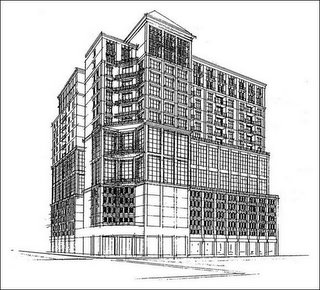
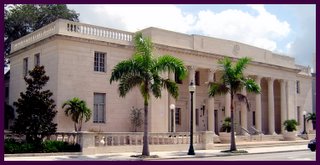

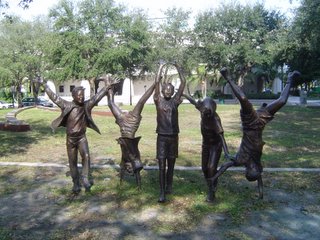

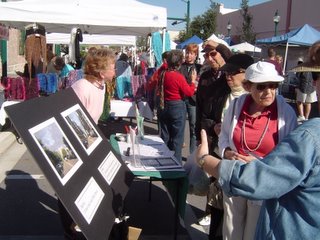
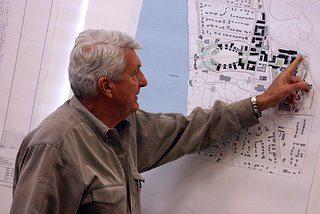
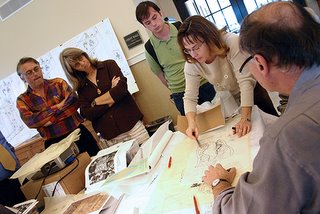
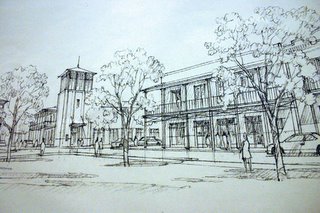


 Art and culture have been a foundation for Sarasota going back at least to the days of the writer's "colony" that thrived here in the 40's. The "art of the circus" or the "art of the deal " predate this however.
Art and culture have been a foundation for Sarasota going back at least to the days of the writer's "colony" that thrived here in the 40's. The "art of the circus" or the "art of the deal " predate this however. known as the Season of Sculpture).
known as the Season of Sculpture).
